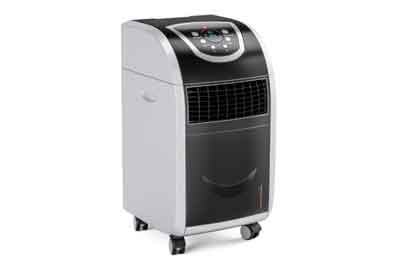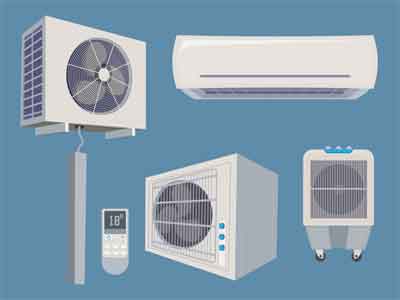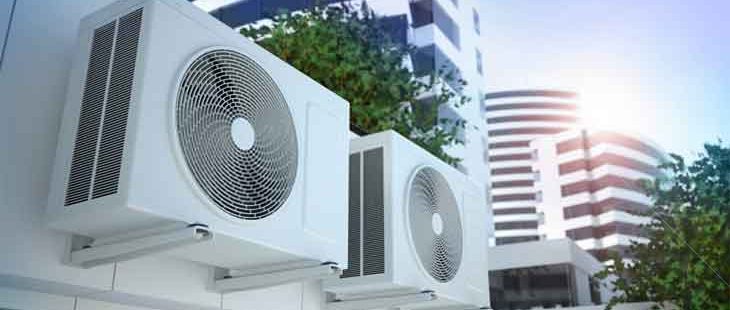Have you ever wondered why the moving air is cooler? Do you want to learn the science behind the cool air from AC and air coolers? If you do, then you are in the right place as you can find all the information about the air cooler. You can understand things regarding the different parts of an air cooler and how they help in providing you cool air. So, you can try to get some basic details about the function of the air cooler and how it helps you to get the best outcome. It will surely prove beneficial, and you can avoid various types of issues with the cooler.
What are the major principles behind the function of air coolers?

There are three major principles behind the function of an air cooler. You can easily get information about these three things to learn how the cooler works.
• Conduction
• Radiation
• Convection
Thermal change
Convection is dependent on air motion, which is a significant characteristic of breeze. The air is a good insulator and reduces the efficiency of conduction as a mode of heat transfer.
Thermal radiation is limited as air is transparent in a wide spectrum. The radiation, which is the only heat transfer mechanism in space due to lack of air, only contributes to a minor transfer of heat exchange.
Evaporating cooling effect
A room that has an air conditioner running is cool. But an air conditioner is more simply defined as a heat pump or evaporator. What it does is to pump heat from one source to the other. It transfers heat in our homes and offices to the outside via evaporation.
Water does not have this same degree of effect. That has something to do with its boiling temperature. The refrigeration cycle utilizes evaporation and follows the heat laws known as thermodynamics. The refrigerant, which is a special fluid that changes from liquid to vapor, pulls heat away from the air at about 23-degrees Celsius and pumps it into the atmosphere of above 32°C or 90 °F.

Understanding the cooling effect of air
Air that is moving fast at the same temperature produces a faster heat transfer. Fans give the effect of cooling when it is blowing air towards you. But whether this air would cool or heat you is dependent on the temperature of the air.
If the air is hotter than you are, the fan would only blow you hotter air. Hence, an air conditioner could just work best in such a situation as it cools by removing heat rather than by blowing it.
To verify the fan’s failure at hotter air, touch a metal and plastic object at the same room temperature. The metal would appear to be cooler. But that is not so; it merely conducts heat faster away from your hands than the plastic object. In plain words, it cools you down more quickly.
Every user can find helpful data at the emailmeform.com/builder/emf/pro/blaux-wearable-ac-test, which ensures that you understand everything regarding the function of a cooler. By learning about its applications and working, you can easily learn the science behind the construction of an air cooler.
- 6 Reasons Why You Need Your Windows Product Key - April 16, 2024
- Photovoltaic Manufacturing: What You Need to Know - April 8, 2024
- 5 Must-Know Facts About Pest Control Interventions - April 3, 2024

